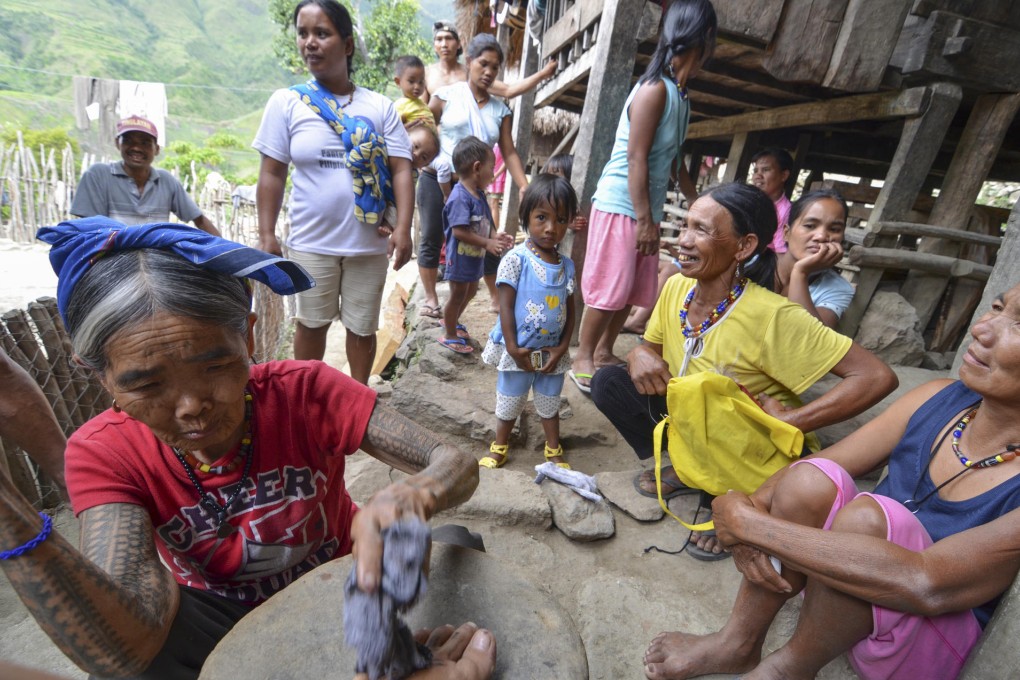Beast of a mark
Finding the last tattoo artist of the Kalinga tribe, in a remote corner of the Philippines, is the easy part, writes Aya Lowe

Whang Od looks barely able to lift the cup of coffee she is drinking let alone spend an hour tapping ink into my skin. At 93 years old, the Kalinga tribeswoman stands at four feet, five inches and looks like she could be blown away by a gust of wind. Her elfin face is consumed by wrinkles, which almost engulf a tiny button nose and weepy eyes. The tattoos that cover her arms, legs and face have long since lost their definition and bleed into the tough bronze of her skin.
I heard her name long before I met her. Stories of the last tattoo artist of the Kalinga tribe have travelled far and wide across the Philippines. She has become a legend of sorts among Filipino culture enthusiasts in search of quirky souvenirs of their tribal heritage, tattoo aficion-ados and travellers with a penchant for the unusual.
The Kalinga tribe were once feared headhunters who marked their bravery by tattooing themselves. The tattoos formed a visual road map of milestones achieved throughout a person's life. When women married or became pregnant they were marked with a small "x" tattooed on their foreheads, cheeks and nose. For men, achievements such as bringing home the heads of enemies were rewarded with etchings into their skin. Inking was also carried out for protection against disease. Snakes were drawn to shield tribespeople from malaria and cholera, and their throats were tattooed as a cure for goiter.
Kalinga designs are simple. Natural objects and creatures such as trees, centipedes and snakes, and geometric designs such as diamonds and squares take on symbolic meanings depending on where and when they are tattooed on the body.
As members of the tribe have adapted to the modern world and put their headhunting ways behind them, this tradition, among others, has slowly disappeared. Now it is only the elders who wear their personal history on their skin. And Od is the only member of the Kalinga carrying on the tradition, tattooing visitors who make the 16-hour-plus trip from Manila.
In the traditional style of "tapping", which dates back more than 1,000 years, she hammers ink into the skin using the spike of a calamansi (lime) tree attached to a bamboo stick and dipped in wetted charcoal.